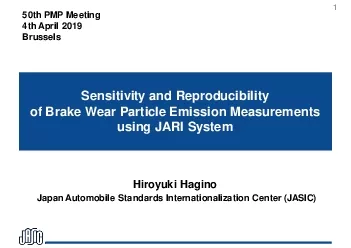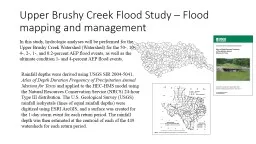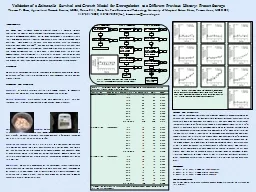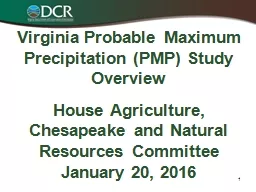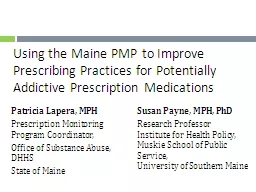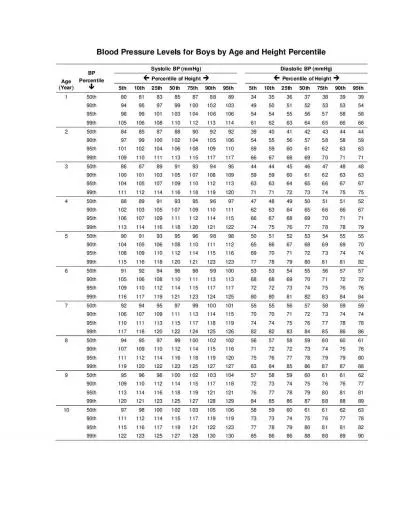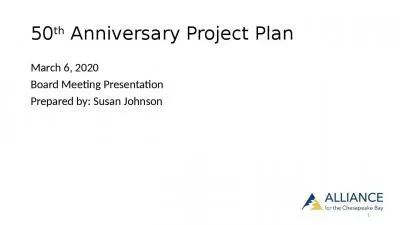PDF-50th PMP Meeting 4th April 2019Brussels
Author : hadley | Published Date : 2021-08-31
1Sensitivity and Reproducibility of Brake Wear Particle Emission Measurements using JARI SystemHiroyuki HaginoJapan Automobile Standards Internationalization Center
Presentation Embed Code
Download Presentation
Download Presentation The PPT/PDF document "50th PMP Meeting 4th April 2019Brussels" is the property of its rightful owner. Permission is granted to download and print the materials on this website for personal, non-commercial use only, and to display it on your personal computer provided you do not modify the materials and that you retain all copyright notices contained in the materials. By downloading content from our website, you accept the terms of this agreement.
50th PMP Meeting 4th April 2019Brussels: Transcript
Download Rules Of Document
"50th PMP Meeting 4th April 2019Brussels"The content belongs to its owner. You may download and print it for personal use, without modification, and keep all copyright notices. By downloading, you agree to these terms.
Related Documents

